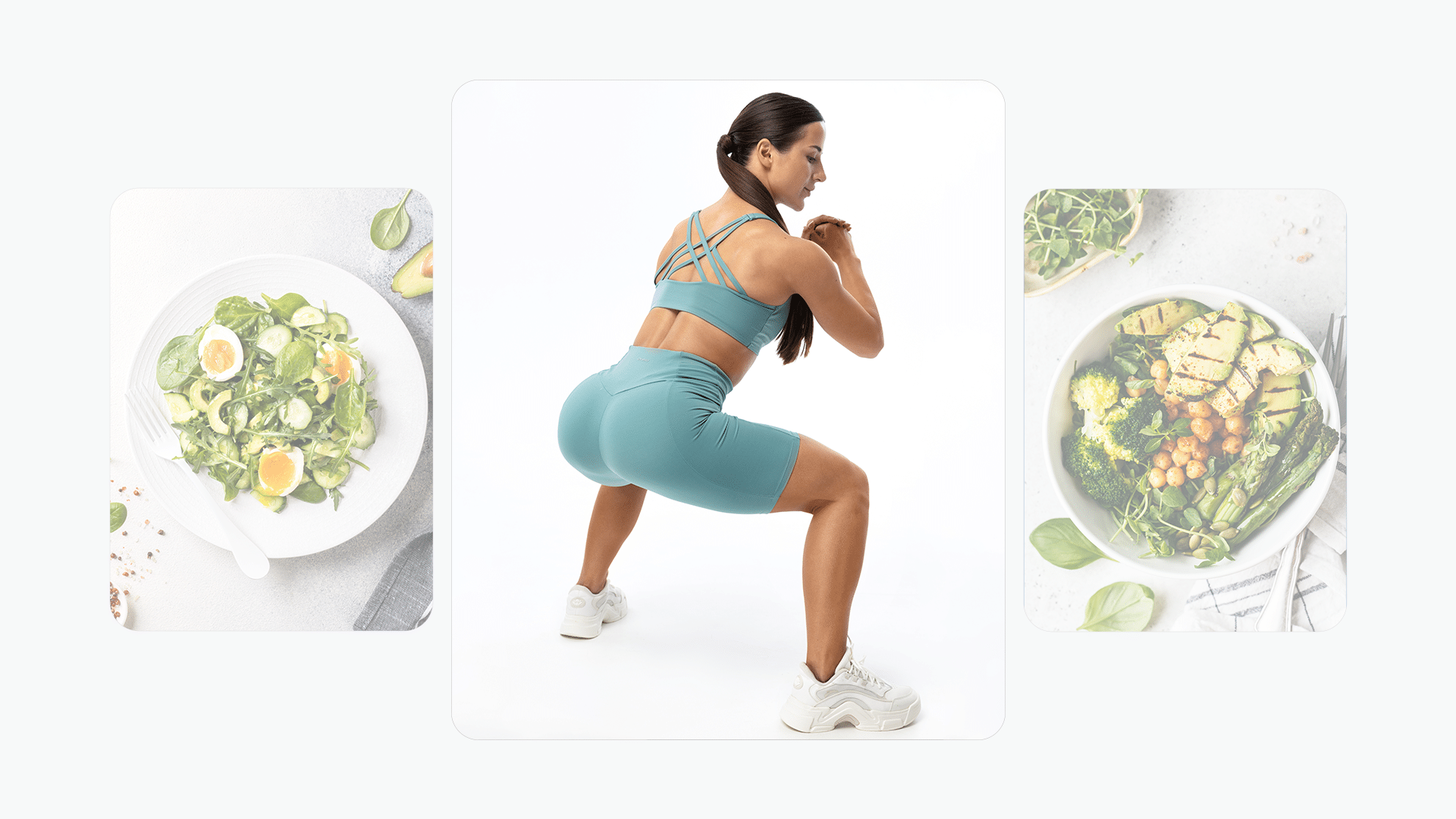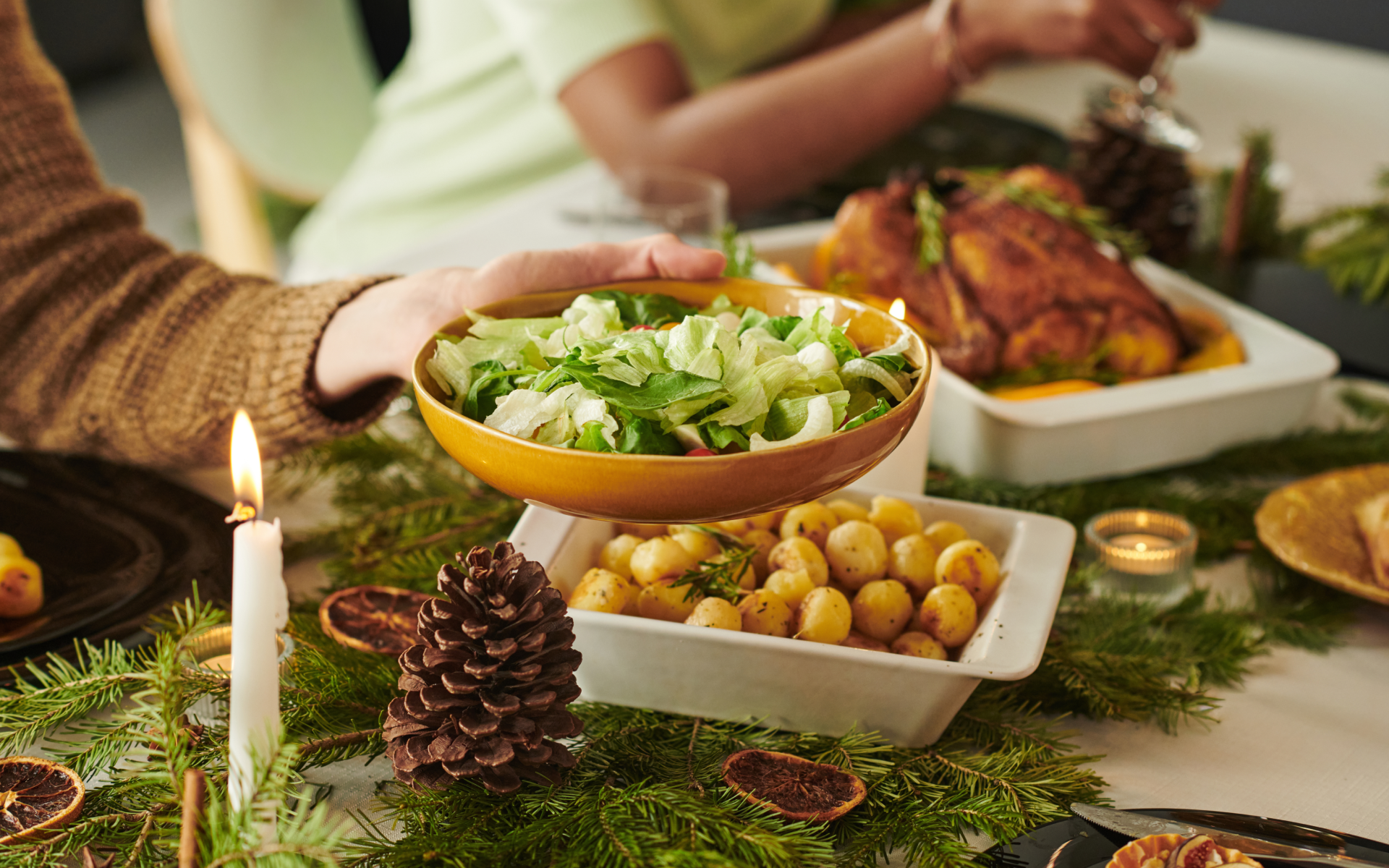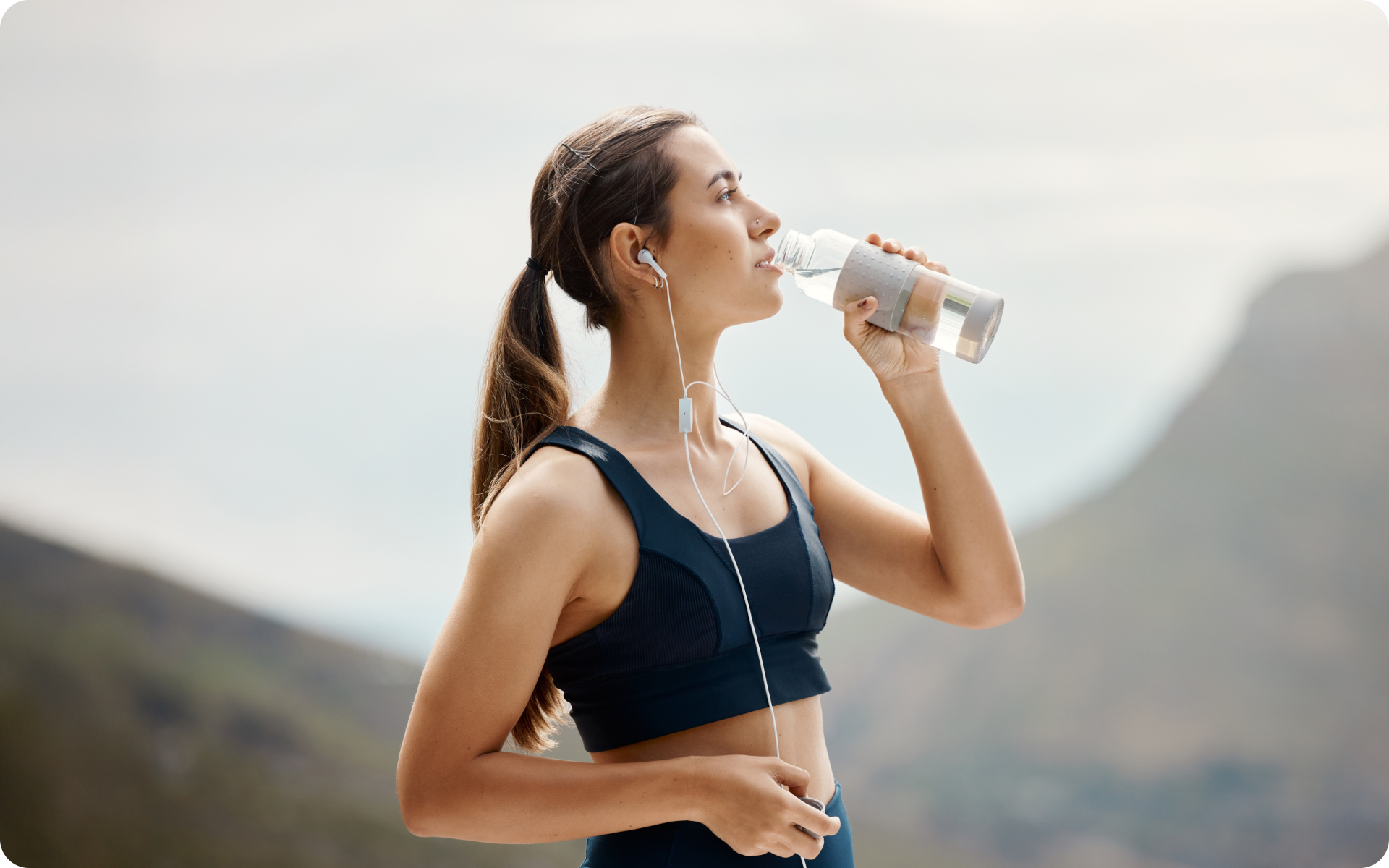Fasting is depriving your body of food for a specific purpose. People fast for spiritual nourishment, political protest, or for health benefits such as losing weight. In intermittent fasting (IF), a person follows a pattern of eating and fasting cycles that deprive the body of glucose, forcing it to utilize fat as an energy source. 12 hour intermittent fasting is one of the periodic eating cycles that claims excellent long-term results and may be worth considering.
What is intermittent fasting for 12 hours? 12:12 is one of the IF methods, whereby instead of eating any time you please, you are restricted to consuming your daily caloric intake within 12 hours, then go without food for the next 12 hours (6). The daily 12 hour fasting window will cause the body to convert its fat stores into energy over time, releasing ketones into the bloodstream. One of its potential outcomes is weight loss. Unlike other weight-loss diets, IF focuses on when you should eat, instead of the foods that you should consume.
How To Do The 12-Hour Intermittent Fasting?
When following this IF method, in as much as the two meals are 12 hours apart, you must finish your last meal before the 12 hour fasting-eating interval. For instance, if your eating window is 8 a.m. to 8 p.m., you should eat breakfast at or after 8 a.m. finish dinner before 8 p.m. As you begin, you will have hunger pains, but your body will adjust with time.
Do not jump into the 12 hour intermittent fasting. Your body takes time to adjust to not eating, especially if you usually take three meals and two snacks a day. Begin by staying off some meals, then when you get used to staying without food for hours, increase the period slowly to the 12 hours optimal window. Ensure that you are comfortable staying for long without eating because 12 hour intermittent fasting should not make you miserable, but rather, you should enjoy doing it.
Intermittent Fasting And Sleeping
Besides staying without food for the said period, it is better to sleep during the fasting hours. Intermittent 12 hour fasting at night is easier because you will be asleep for the most part, say 7 hours. However, if you fast during the day, you may need to take a nap and keep yourself busy to avoid thinking about food that will lead to relapse.
You can begin by fasting weekly, then on several days of the week before making it a day to day routine. If you are fasting for specific days a week, for example, five days a week, eat as usual on the non-fasting days. Note that you may become irritable, and your concentration may momentarily dip during the fasting period as you begin this healthy journey. The good news is that your body will adjust within a month, and the side effects should disappear. If they are particularly severe or don’t go away, consider stopping your fasting routine and discuss with your doctor.
Whether you’re a workout beast or just a beginner making your first foray into the world of fitness and dieting – BetterMe has a lot to offer to both newbies and experts! Install the app and experience the versatility first-hand!
What Can You Eat During The 12-Hour Intermittent Fasting?
To enjoy the benefits of depriving yourself of food for 12 hours, you need to consume nutritious foods during your eating window. These include healthy fats, whole grains, and healthy proteins. However, you should limit your intake of saturated fats and avoid refined carbohydrates and sugar.
Examples Of Healthy Foods
- Avocados are recommended because they have monounsaturated fats that are very satisfying. Taking avocado with your meals can make you full for hours longer than if you did not include it in the meal.
- A large egg contains 6 grams of proteins, which is important for keeping you satisfied and building muscle.
- Beans and legumes have low-calorie and high-fiber carbs.
- Berries have vital nutrients such as vitamin C that boosts immunity.
- Fish is rich in healthy omega-3 fats, protein, and vitamin D.
- Kefir, Kombucha, or Kraut are probiotic-rich foods that can be included in the meals.
- Nuts have good fats. For instance, the polyunsaturated fats in walnuts alter biological markers for satiety and hunger.
- Potatoes can help in weight loss. Just be sure to prepare them healthily. For instance, avoid French fries or potato chips and go for roasted, boiled, or mashed potatoes.
- Vegetables such as broccoli, cauliflower, and Brussels sprouts contain fiber, preventing constipation, and making you feel full. This will help you feel comfortable without food for 12 hours.
- Whole grains such as sorghum, millet, and bulgur have fiber and protein, therefore making you feel full. They also turn up your metabolic rate.
While fasting, you can take water, tea, and other calorie-free drinks. These fluids are essential because your body has no alternative source of fluids other than what you drink. You can monitor your hydration levels by inspecting your urine. Pale yellow or clear means you are okay, while dark-yellow urine is a sign of dehydration and can lead to headache, fatigue, or lightheadedness. If you do not like plain water, you can add lemon, mint, or cucumber to the water.
What Are The Benefits Of The 12-Hour Intermittent Fasting?
Greek Physician Hippocrates and Athein and philosopher Plato are among the early proponents of the benefits of fasting to improve health, thousands of years back. Plato fasted for better physical and mental productivity. And according to Hippocrates, our food should be our medicine, and to eat when you are sick is to feed your sickness (3). Fast forward to today, modern science agrees that having a full stomach all the time is not ideal.
After eating, many new proteins are produced in the brain, and during fasting, the body also produces few new proteins. Therefore, cells are prompted to obtain protein from non-essential sources, convert them, and use the amino acids to make new proteins needed to survive.
The benefits of intermittent 12-hour fasting include:
-
Losing Weight
How does IF lead to weight loss? Usually, after eating, glucose is utilized for energy, and fat is kept in the fat tissue. However, once glucose is exhausted when fasting, the body turns to the energy stored in fat cells. It is thought to take up to 12 hours for the body to utilize the liver’s stored glucose (glycogen) before a metabolic shift to the utilization of stored fats. When you eat at an interval of 12 hours, the body is forced to tap into stored fat reserves, and with time, this leads to weight loss.
Time-restricted fasting could help you consume around 550 calories less than usual, which is difficult to achieve with an ordinary calorie-restricted diet (4). Since intermittent 12-hour fasting is one of the IF techniques, you can be sure to enjoy this calorie deficit by following the routine. A review published by a WHO regional office also confirms that time-restricted feeding has reported positive health effects, one of them being weight reduction (1).
Read More: How To Start Losing Weight For Beginners: All Facts, No Fluff
How Long Does It Take To See Weight Loss?
How long does it take to see weight loss to 12 hour daily intermittent fasting? IF is not a quick fix, but a steady, healthy, weight-loss alternative. According to experts, 12 hour intermittent fasting results can be visible after at least ten weeks of following the routine. The average weight loss within this period is between 7 and 10 pounds.
Note that each person has a different metabolism. It may take longer for the results to be seen in some people, and the number of pounds lost also differs. Losing weight too fast may be an indication that you are restricting too much, so you should re-evaluate your calorie intake. Besides, this weight-loss method may not work if you have gut imbalances, vitamin deficiencies, hormone issues, sleep issues, or a liver requiring detox. Seek professional advice before beginning this routine.
-
Improved Workouts
Exercising with restricted carbohydrate availability can stimulate variations in muscle cells to expedite energy production via fat oxidation. This means that exercising while fasting makes your body better at burning fat for energy because there are no foods to pull from. According to NCBI, fasting impacts on human physiological and biochemical parameters that are significant for athletic performance, and it decreases body weight (2). With improved workouts, you can easily attain your weight loss goal.
-
Enhances Detox
The human body is always trying to detoxify itself. Just like any other seemingly bodily process like digestion, detoxification burns calories. Therefore, if not busy digesting, the body concentrates its energy on getting rid of toxins.
-
Reduces Inflammation
By turning on the NRF2 gene pathway, fasting produces a great increase in antioxidant protection, enhances detoxification, and decreases inflammation.
-
Lengthening Life
When you fast, your body finds a way of extending life. Restricting calories has been established to lengthen life. IF stimulates many of the same mechanisms for prolonging life as calorie-restriction.
Since you are eating healthier and consuming fewer calories, 12 hour intermittent fasting results also include enhanced brain health because it supports mitochondrial wellbeing. The 12:12 also has an impact on cholesterol, triglycerides, and blood sugar levels. More studies are being conducted to establish if it minimizes the risk of cancer. Due to facilitating weight loss, IF reduces the progression of type 2 diabetes, cardiovascular risk, neurological disorders, and circadian rhythm disorders, among other outcomes.
How Safe Is Intermittent Fasting?
The 12 hour intermittent fasting Keto or Ketogenic diet and other carbohydrate-restricted diets aim to achieve ketosis, which is an accumulation of acidic ketones in the blood. As much as the outcomes are great, ketosis can cause liver, brain, and kidney damage. It is unsafe for individuals with chronic disorders such as diabetes and heart disease. Your blood sugar should also be stable for you to follow this diet plan. Therefore, it is important to discuss with your doctor and seek guidance from a licensed dietitian before beginning 12 hour intermittent fasting.
Dropping pounds by the dozens without putting yourself through the wringer is everyone’s weight loss pipe dream. But what if we told you that the BetterMe app can make that happen? Keep yourself in prime shape with our fat-blasting workouts, delicious budget-sparing recipes, and body-transforming challenges with our app!
12-Hour Intermittent Fasting Keto Diet Combination
The Keto diet for weight loss is a high-fat, moderate-protein, and very low-carb eating plan. This eating habit transitions your body from one that burns glucose or carbohydrates for energy to one that relies on fat for energy. This state is known as ketosis.
12 hour intermittent fasting Keto diet combination is popular for weight loss in the short run. Both the Keto diet and IF increase ketone levels in the body. This is intended to accelerate weight loss.
The combined diet may also help limit fat accumulation around the waist and stimulate the development of a larger memory center in the brain. The brain relies less on glucose for energy when in the ketosis state, and this state also decreases appetite. While the Keto diet restricts carbohydrate consumption, the IF restricts the timing of meals.
IF helps to overcome weight loss plateau because you consume fewer calories. It can be a natural progression from a Keto diet for those that feel satiated eating so much fat. To implement a 12 hour intermittent fasting Keto diet, begin with Keto. Then after two weeks, you can consider IF. This will prevent shock on your system as it switches from glucose to ketones for energy.
Read More: Keto For Women Over 40: How To Make This Diet Work For You
How To Do A 12-Hour Intermittent Fasting While On Keto?
The Keto-IF diet involves following the Keto routine during the day, then IF overnight. For instance, on the first day, you can take scrambled eggs capped with avocado slices with black coffee or plain hot tea at 9 a.m., then water or a keto-friendly smoothie all morning. At noon, take lunch. This can include large leafy green salad broccoli and cauliflower topped with two tablespoons of olive oil, vinegar, and 3 ounces of grilled salmon or chicken breast.
You can have macadamia nuts as a snack at 2 p.m., but this is optional. Take dinner at 5 p.m, and this can be cooked wild rice with a chicken leg with skin and two cups of zucchini prepared with olive oil. Note that a KETO IF rich in bacon and butter is different from the one rich in avocado and olive oil.
To do this combination, get approval from your physician and work with a registered dietitian conversant with the Keto-IF diet for perfect ratios.
The Bottom Line
12 hour intermittent fasting is a sustainable IF method with amazing outcomes. Try weight loss with 12 hour intermittent fasting, and if you are not experiencing nutritional deficiencies, you should make this a lifestyle by following the cycle long term. Happy fasting!
DISCLAIMER:
This article is intended for general informational purposes only and does not serve to address individual circumstances. It is not a substitute for professional advice or help and should not be relied on for making any kind of decision-making. Any action taken as a direct or indirect result of the information in this article is entirely at your own risk and is your sole responsibility.
BetterMe, its content staff, and its medical advisors accept no responsibility for inaccuracies, errors, misstatements, inconsistencies, or omissions and specifically disclaim any liability, loss or risk, personal, professional or otherwise, which may be incurred as a consequence, directly or indirectly, of the use and/or application of any content.
You should always seek the advice of your physician or other qualified health provider with any questions you may have regarding a medical condition or your specific situation. Never disregard professional medical advice or delay seeking it because of BetterMe content. If you suspect or think you may have a medical emergency, call your doctor.
SOURCES:
- Comparison of time-restricted feeding and Islamic fasting: a scoping review (2019, emro.who.intl)
- Exercise Training and Fasting: Current Insights (2020, ncbi.nlm.nih.gov)
- Fasting and Purification (n.d., greekmedicine.net)
- Intermittent Fasting May Aid Weight Loss (2020, nytimes.com)
- Intermittent Fasting on Keto: What to Know Before Combining the Diets for Weight Loss (2019, everydayhealth.com)
- Role of Intermittent Fasting on Improving Health and Reducing Diseases (2014, ncbi.nlm.nih.gov)
- The Benefits of Intermittent Fasting (2020, nytimes.com)
- What Foods Are Best to Eat on an Intermittent Fasting Diet? (2020, greatest.com)









